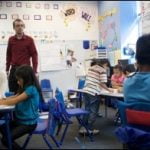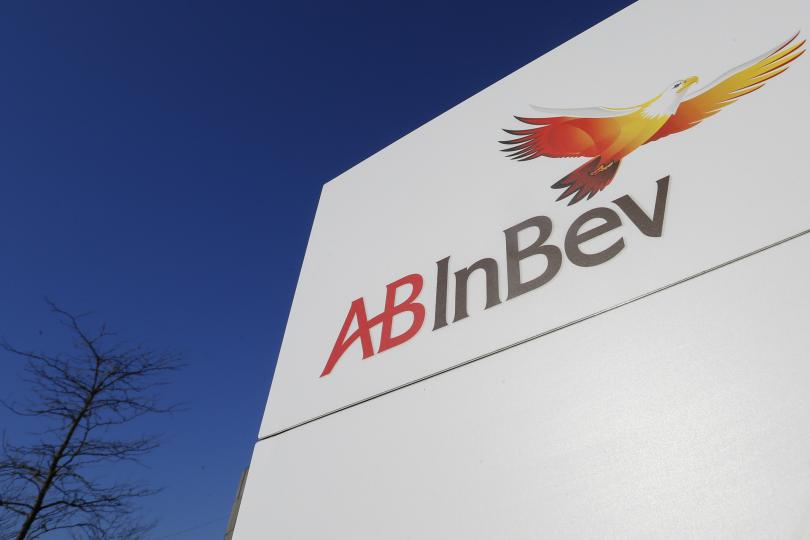
In 1993, educational technologist Seymour Papert suggested that a teacher from the nineteenth century transported into the mid-1990s would feel at home in the classroom. Twenty years on, this is no longer true.
Teachers in much of the developed world now use smartboards, tablets and student-centred, collaborative and project-based learning. Universities are adopting flipped teaching: students learn online, then solve problems in the classroom. Some can access remote lab equipment and telescopes. Some institutions — such as the University of Waterloo in Canada and Massey University in Palmerston North, New Zealand — blend online and campus teaching. Massive open online courses (MOOCs) involve people around the world in study and conversation. The continuing change is provoking existential dread among some faculty members, who envision teachers replaced with computer-based tutors and universities moving to online-only courses in the next decade.
Those shifts can also foster an excitement that Robert Ubell’s Going Online captures. The book is the view from the control room of the New York University Tandon School of Engineering, where Ubell heads the digital-education unit. He starts by observing that traditional university education has failed to engage students in active learning. The more accomplished the lecture, for instance, the more it may give a false impression that all the students have absorbed the material.
Ubell’s proposition is that online learning lets students process information in their own time. They can take part in online discussions and ask questions anonymously, without losing face. This demands a new pedagogy — teaching, learning and assessment for active learning communities. Academics must work with web designers and educational technologists to create conditions that let students control the pace and delivery of learning, yet continually share and respond to others’ ideas.
Ubell is right that anonymity can help students who are less confident, or not fluent in the language. But an important part of university is learning to challenge and debate. Some MOOC platforms, such as FutureLearn, promote constructive discussion, with thousands of learners bringing global perspectives to hotly debated topics such as climate change.
Going Online shows there are many ways to migrate education to the Internet. All require institutions to commit to opening up instruction, moving from a professional relationship between a teacher and students to a corporate process. It involves decisions about the online learning environment (be it Moodle, Blackboard or Canvas), whether to use a MOOC provider, how to negotiate intellectual-property rights and how to compensate staff. In offering students autonomy and activity, the online university may sacrifice humanity.
The way back from the mass corporate online instruction offered by some for-profit universities, such as the University of Phoenix in Arizona, is through blended learning. Students study the curriculum online from material provided by sources including MOOCs, web pages and interactive science simulations. They are encouraged to use social media to share knowledge. The classroom becomes a site for exploring a topic in depth by solving problems, debating and taking tests. In science, students can get hands-on experience with lab equipment, and then book remote access and analyse data online. Blended learning works equally well for apprenticeships and professional development. The Swiss government’s DUAL-T online vocational-learning initiative, for example, bridges the gap between classroom and workplace.
An academic who has spent a career lecturing may be uncomfortable with the shift to facilitating learning, but new teachers have grown up with online learning and social media. Many will have used collaboration tools like Slack, and professional communities such as LinkedIn and Stack Exchange.
At the centre of the book is a 2000 study by Ubell and his colleague Hosein Fallah that compares two graduate classes — identical in content and instructor, but with one delivered through lectures and the other online. The numbers are small (just 7 students online and 12 on campus), and the results inconclusive. A better demonstration is a metastudy led by educational psychologist Barbara Means (mentioned briefly in the book) that analysed more than 1,000 empirical studies. It found that, on average, students engaged in online learning did better than those who had solely face-to-face instruction. The advantage was bigger for blended learning (B. E. Means et al. Evaluation of Evidence-Based Practices in Online Learning; US Department of Education, 2009).
As Ubell says, critics of online learning generally point to training systems and MOOCs that deliver canned lectures. Success in digital education comes from social-networked learning, with global access to online materials, high-quality open courses and vibrant peer discussions. The flipped classroom can work in both New Delhi and New York City. It requires a decentred perspective to create communities of education providers and learners, welcoming differing cultural perspectives and pedagogies. The pioneers are universities committed to global open education, such as the Open University in Milton Keynes, UK; the Massachusetts Institute of Technology in Cambridge; Canada’s Athabasca University; and the University of Cape Town in South Africa. The most traditional universities are finding this step the hardest.
Just as modern education is becoming a melange of sources and services, so Going Online is pieced together from previously published, updated papers. Weaving a coherent narrative can be challenging, but the book captures aspects of an education system in transition from campus instruction to global enterprise.
[Source:-Nature]



